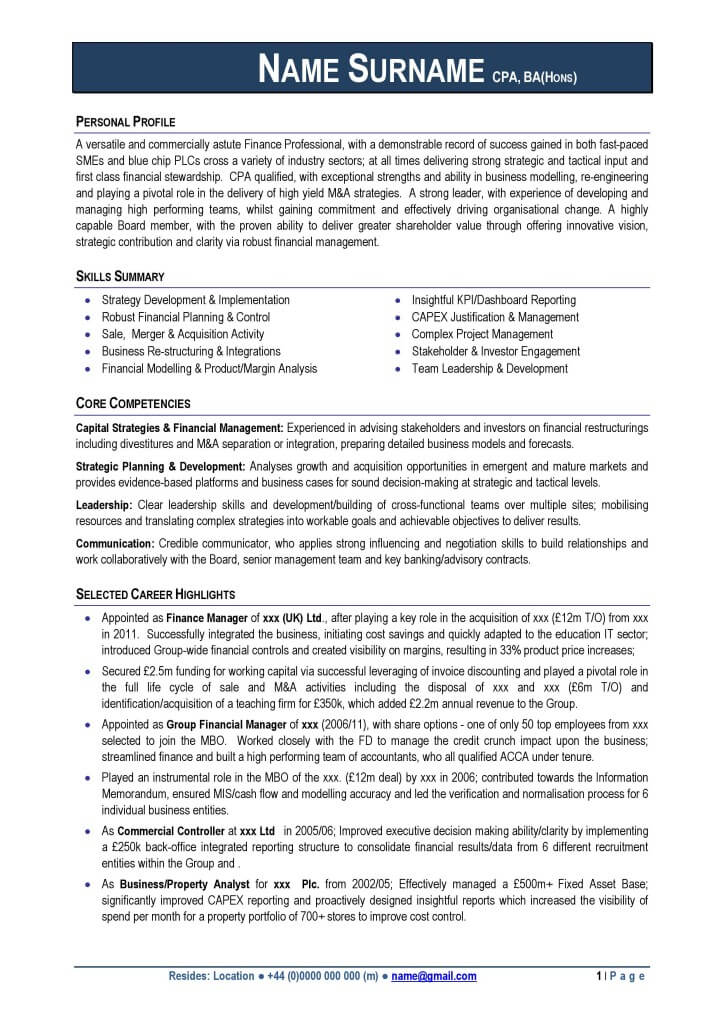
Expert Resume WritingThere is a lot involved in creating a professional resume format that is attention grabbing and lands interviews. Do you know that some job postings can bring in as many as 500-1, 000 resumes? And, recruiters will spend between 10 and 30 seconds reviewing a resume with their primary goal being to cut down the piles of resumes that they receive every day to a manageable stack of "keepers". Obviously, there is a lot of competition out there from other job seekers vying for the same position.
You're looking for to start out your resume writing by deciding on a format. You will find essentially 3 different resume formats: the chronological resume, the functional resume and the blend resume. Each has its advantages and disadvantages which is explained below.
The Date Resume Format
The date resume format is the most prevalent and the the one which people are most familiar with. In the chronological format, each of your jobs and corresponding descriptions of tasks are listed in chronological order starting with the most recent job. Dates of each job are included on the resume also it usually includes a career objective segment, skills & attributes section or profile section and an education section.
Typically the Functional Resume Format
Typically the functional resume format is not as common and most often recommended for folks who have gaps in their work history or for many who have been away of the workforce for a while. What exactly is most prominent about this resume format is the candidate's skills, attributes and achievements. A career objective should also be included as well as any educational skills. The actual jobs yet , do not include the dates. The career historical past section will typically be limited to a directory of company names, location of each company and job titles. One advantage to using this format is that it usually reduces the length of the length of a resume. If you've obtained a 25 year job history and several work where you've performed most of the same duties, you can imagine how lengthy (ofcourse not to mention repetitive) your resume might get. The particular functional resume format is an efficient way to reduce the number of pages that an employer will have to read and will make your application more impactful. The disadvantage to this resume format is that recruiters abhor it. They get dubious about your job historical past if no dates are included and may toss it in the garbage if it raises too many questions. Although, at one time I used a functional resume because in my chronological resume I had formed gaps in my work history that I suspected were to get phone from ringing with interview asks for. I changed the format from chronological to practical and the device started to ring! So, for the best of both worlds, you might want to try the blend resume if you've got gaps in your projects history or have been out from the workforce for a while.
The Combination Resume Format
The blend resume as its name implies, combines the best of both the chronological resume and the functional resume. A functional resume format is followed however the job dates are included. The employer is mainly enthusiastic about knowing what value you may bring to the company so that if your first page (or the very first 2/3rds) of your resume can effectively show what value you bring to the company, then any spaces may be overlooked in favour of bringing you set for an interview.
Related Images with Resume Sample Resume Cv
Resume Sample Resume Cv

Free CV templates, resume examples, free downloadable, curriculum vitae, key skills, jobs
Cv Samples Uk
CV Examples Free Download

Tidak ada komentar:
Posting Komentar